The Top 10 Smartphone Trends Of 2018: Notch, Multiple Cameras And More
Karamchand Rameshwar - Dec 17, 2018
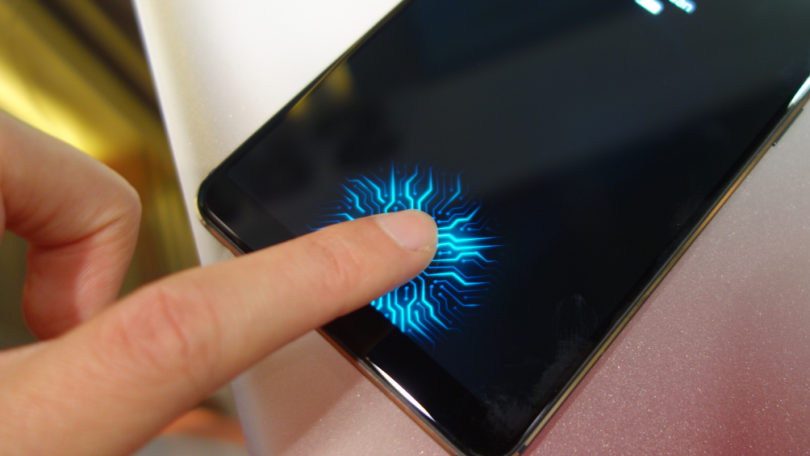
Do you know which are the top 10 smartphone trends in 2018? You probably think of notch display and multiple camera setup right away, but what are the rest?
It is getting closer to the end of 2018, and it is a good time to look back on the year, particularly the smartphone industry in the world and India as well. With the notch display being a popular trend to advanced technologies such as facial unlock system or artificial intelligence being more mainstream and more impactful in daily life. Besides that, this year has also seen many improvements and new features on smartphones such as in-screen fingerprint scanner or smartphones with the bezel-less display.
Let’s see what the top trends in the smartphone industry in 2018 are.
1. The hateful notch
The notch is getting smaller and smaller, yet phone producers still can't find a way to fully get rid of it.
As many phone producers have been embracing the smartphone design with a near bezel-less and edge-to-edge display, and to reduce the phone’s bezel, smartphone makers have to find a way to put the front-facing camera, sensors, and earpiece. And notches are the solution that many producers in the industry have been adopting so far. 2018 will probably be remembered as the first year in which notch displays became ubiquitous in the smartphone industry across all price ranges.
Many phone makers like Vivo and Oppo have done a lot of experiments with sliding or pop-up cameras as they want to find a way to remove the notch completely, but they are still struggling to adopt those features widely. This year probably will end for Huawei’s sub-brand Honor with it introducing a new smartphone with an in-screen front camera.
Pop-up camera
Many users are surely not happy with smartphones featuring notch displays, but until phone makers come up with another way to reduce the bezels, users have to bear with it if they want a near bezel-less phone.
2. Indian phone makers have fallen behind
New devices release from Indian phone makers like Intex, Micromax have all but dried up, and those manufacturers’ relevance in the smartphone market have been declining over time. As more and more Chinese brands, such as Oppo, Xiaomi and Realme, start to swamp into the Indian market, offering a better value proposition in comparison with the Indian counterparts. Even though Micromax and Intex have still been releasing some handsets but their smartphone operations have been scaled down, though their recent devices are showing some better signs.
3. High-value flagships
The Rs. 20,000 to 30,000 smartphone segment was long inactive in the Indian market with phone makers paying more attention to the affordable and premium device segments. With the Chinese brand OnePlus entirely leaving this segment, other Chinese brands like Honor, Asus, and Xiaomi have revived it with some high-value phones like Poco F1, Honor Play and ZenFone 5Z.
Honor Play
The definition of flagship phones has been changed, with handsets in the sub-Rs. 30,000 coming with high-end specifications and giving the more expensive phones a run for their money. For example, the Asus ZenFone 5Z and Poco F1 sport the same Snapdragon 845 SoC seen in many flagships from Samsung and other brands. While Xiaomi did cut some aspects of build quality on its Poco F1, the budget flagship of Asus has a premium build quality and also AI enhanced features.
Despite average design and build, the Poco F1 still gives flagship smartphones a run for their money
4. Multiple camera setup
Beside the notches, 2018 also saw the dual camera setup being ubiquitous in the smartphone industry and some manufacturers even use triple or quad camera setups in their handsets. For example, the Huawei P20 Pro was the first device to feature a triple rear camera system, and Oppo and Samsung have also followed with Oppo R17 Pro and Samsung Galaxy A7 (2018), respectively. Vivo and Lenovo are also soon to release handsets with a triple camera system.
Samsung Galaxy A7 (2018)'s triple camera setup
Samsung even released its Samsung Galaxy A9 (2018) with a quad rear camera setup, including a 24MP main sensor, an 8MP ultra-wide sensor, a 10MP telephoto sensor, and a 5MP depth sensor.
Besides triple and quad camera setup, dual front-facing cameras have also become more common with producers like Vivo, Xiaomi, Realme and Oppo releasing selfie-centric smartphones.
Realme U1 with a 25MP selfie camera
5. Glass backs
With the massive popularity of the Galaxy S series and the iPhone X, glass design has quickly become the top material of choice for phone makers in 2018. This design trend isn’t limited to premium handsets, with budget devices like the Realme C1, Honor 8X and Nokia 5.1 all sporting a glass back.
Honor 8X
Glass back design is not only just for better looking, but also allows stronger LTE signal, Wi-Fi, and Bluetooth without any long antenna cutouts and also wireless charging implementation. However, aesthetics is still the main reason driving the glass back trend as the majority of smartphones featuring glass back design don’t support wireless charging. While this glass design undoubtedly looks stunning, users have to be a lot more cautious as the glass back will be more fragile than the metal and polycarbonate counterparts. And glass also gets smudged much easier.
6. In-screen fingerprint scanner
Phone makers have been seeking ways to reduce the bezels and make a full-display smartphone. And in-screen fingerprint scanner is another way that phone makers have embraced. The first batch of handsets with in-screen fingerprint scanners is coming with Vivo in the leading position. The Chinese phone maker was the first one to introduce a handset with an in-screen scanner and several more to come very soon.
Two other Chinese smartphone manufacturers, Huawei and OnePlus, have also just debuted smartphones with the in-display fingerprint sensor and it should be only a matter of time until other brands follow suit. This new technology is still not perfect yet, with in-screen fingerprint scanner fail to match the traditional physical scanners in both accuracy and speed. However, it should not be long until someone figures about how to close that gap.
7. Fast charging is getting more mainstream
VOOC Flash Charging standard of Oppo
Fast charging isn’t something unfamiliar for most people, but this year, many phone producers debut more efficient and more rapid charging technologies. No longer limited to only flagship devices, many affordable to mid-range handsets such as the Motorola One Power and Nokia 6.1 Plus also feature fast charging. Moreover, Quick Charge tech of Qualcomm is losing its monopoly position as more OEMs have been introducing their proprietary fast charging tech as well. 30W Warp Charge of OnePlus, for example, is claimed to allow the devices to charge from 0 to 50 percent in just 20 minutes. Similarly, VOOC Flash Charging tech of Oppo allows some Oppo devices to charge from 0 to 75 percent in 30 minutes.
8. Artificial Intelligence
As it is harder for phone makers to really stand out in terms of hardware specifications, they are starting to realize that software is another potential field for their smartphones. AI or Artificial Intelligence was one of the hottest techs in 2018, with a ton of devices featuring AI-related features.
AI has emerged in many aspects of daily life, including smartphones' feature
AI has been making its way to smartphones, with SoCs like Apple’s A12 Bionic or Huawei’s Kirin 980 containing dedicated chips to handle AI computations locally. The new Snapdragon 855 SoC of Qualcomm also feature multi-core AI Engine as well as Computer Vision ISP which allows smartphones to recognize faces and objects better.
But this trend also has its own downsides. Some phone makers are a bit over-utilized on the AI to get more revenue. Not all the marketed AI features actually involves any machine learning, and some phone makers have added the AI prefix to some features that have already been in the smartphone industry for years.
9. The rise of stock Android/Android One
Android One programme is mostly aimed at providing a pure Android experience for devices at any price range. In 2018, many smartphone makers like Infinix and Motorola joined this program.
Customers are getting more frustrated with bloated and laggy skins, some which even feature spammy ads. As a result, many manufacturers have joined the Android One program of Google or released smartphones with almost-stock Android experience. For example, Asus got rid of its Zen UI custom skin to make way for stock Android for the company’s budget devices.
10. USB-Type C
The reversible USB-C standard, which was designed four years ago, has finally become more common in the smartphone industry. Not only is Type-C reversible, but it also enables faster transferring data rate and quicker charging. Even though the Micro-USB still occupies a significant share, USB-Type C has been getting more acceptance as it has been featured in devices across all price ranges. While the giant Apple has already adopted USB-C across its desktop/laptop lineup and even its new iPad Pro, it still decides it is not time to ditch its Lightning standard on the iPhone devices.
Featured Stories

Mobile - Oct 23, 2025
How Casual Games Are Winning the Mobile Attention War
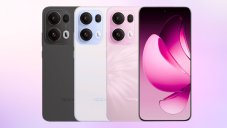
Mobile - Jul 03, 2025
OPPO Reno 14 Series Hits India: Launch Date, Cameras, and Specs
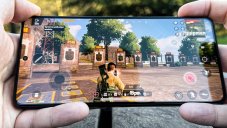
Mobile - Jun 12, 2025
Best Gaming Phones 2025: Top Devices for Mobile Gaming
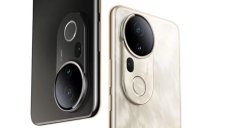
Mobile - Jun 12, 2025
Vivo T4 Ultra Debuts with MediaTek Dimensity 9300+ Chipset
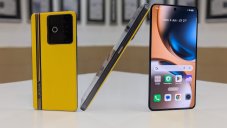
Mobile - Jun 08, 2025
Realme GT 7T Review: Power Meets Endurance in Controversial Style

Mobile - Jun 08, 2025
Motorola Edge 60 Set to Debut in India This June

Mobile - Jun 07, 2025
Realme C73 5G Launches in India: Budget 5G Phone Starts at ₹10,499

Gadgets - Jun 07, 2025
OnePlus 13s Makes Indian Debut: Compact Flagship Brings Premium Features at...

Mobile - Jun 04, 2025
Samsung Galaxy Z Fold 7 Ultra: The Next Chapter of Premium Foldables

Mobile - Jun 02, 2025

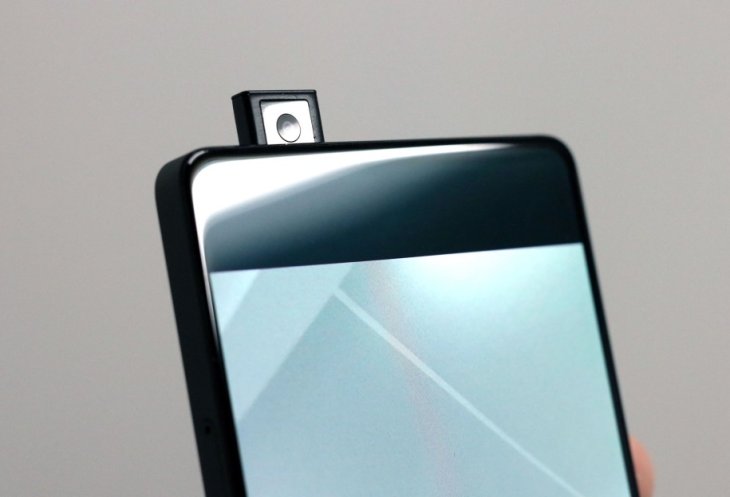
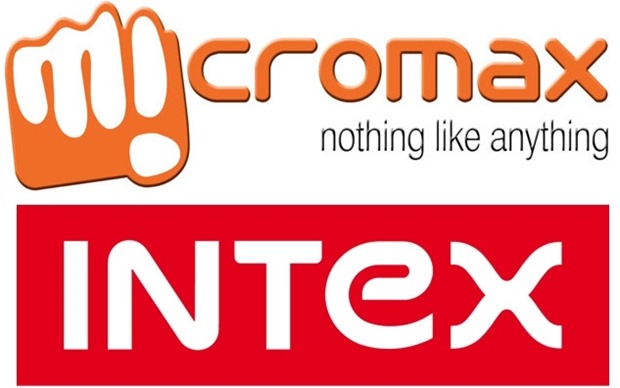


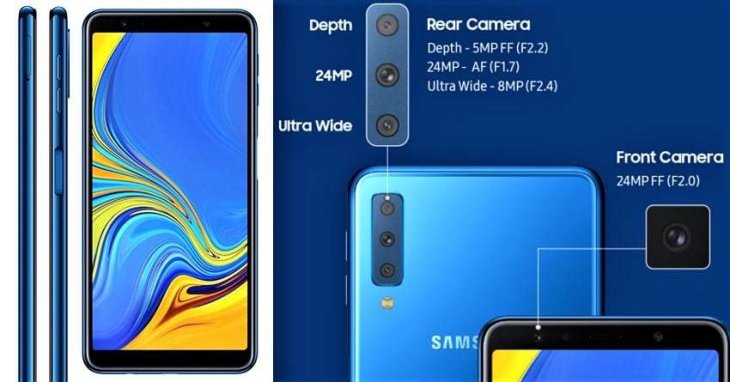
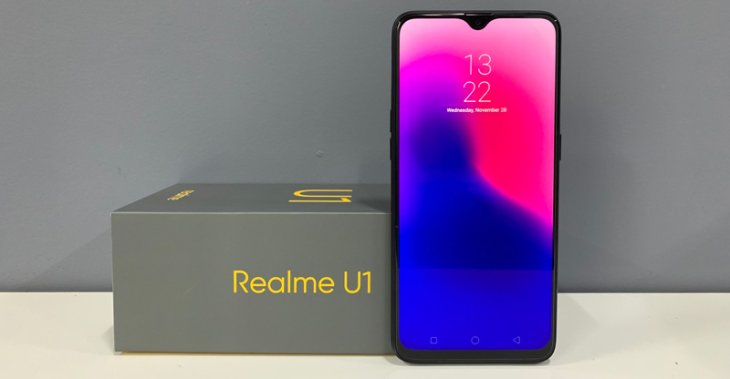
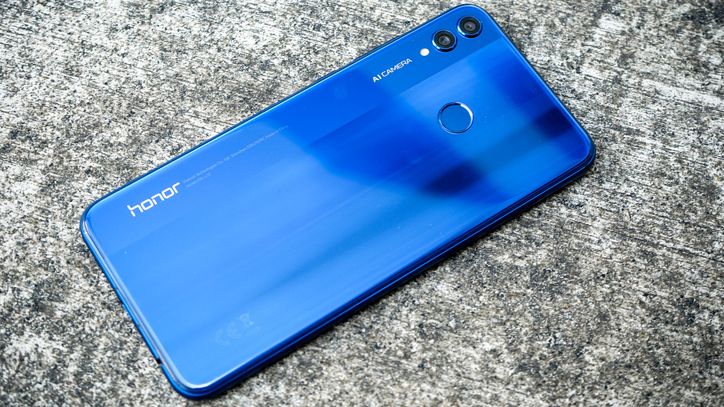
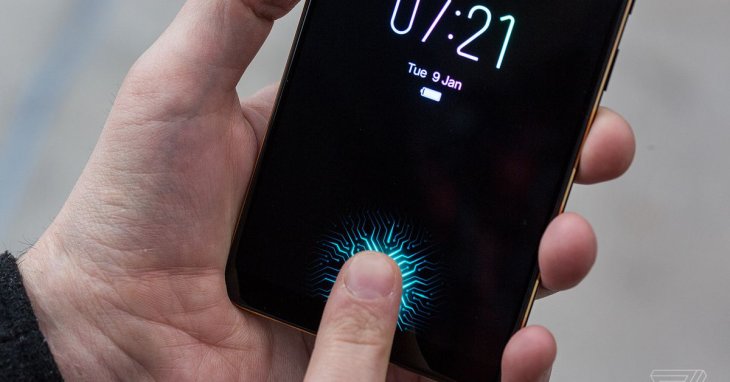
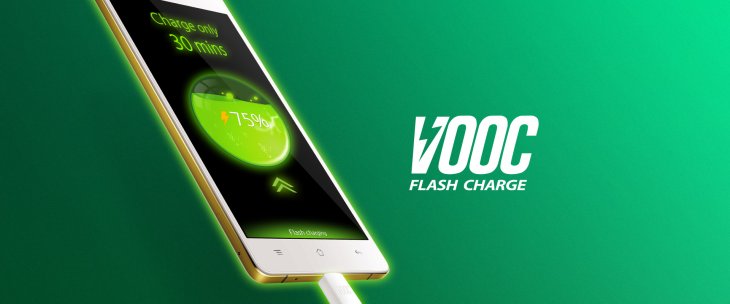

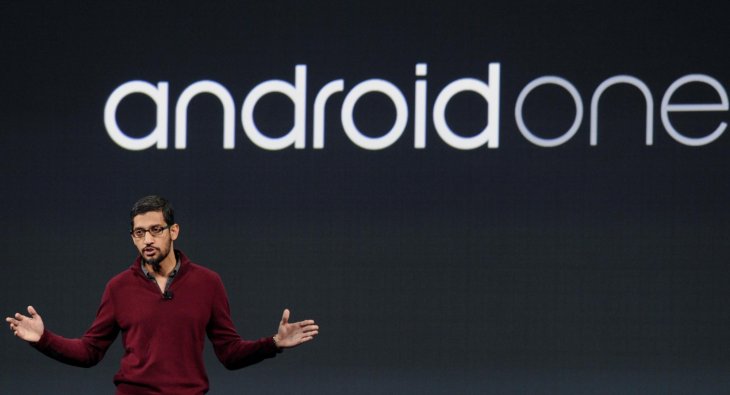
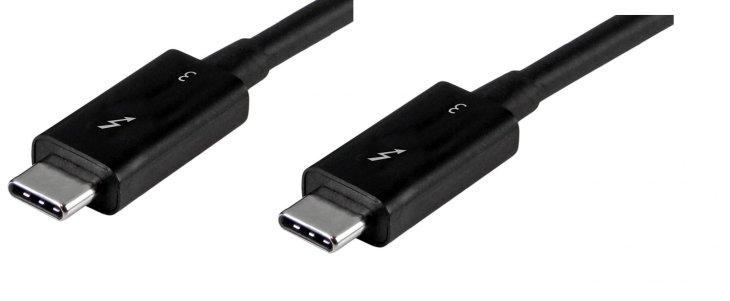
Comments
Sort by Newest | Popular